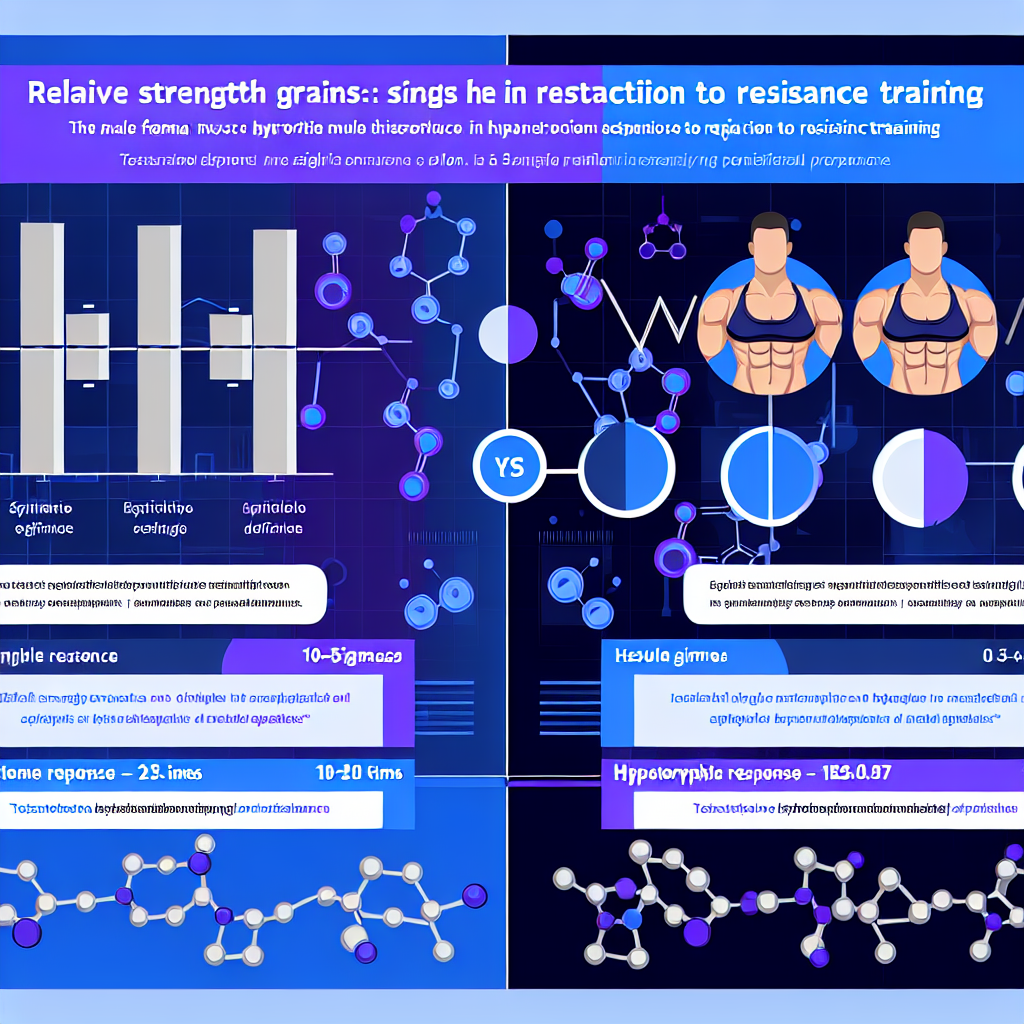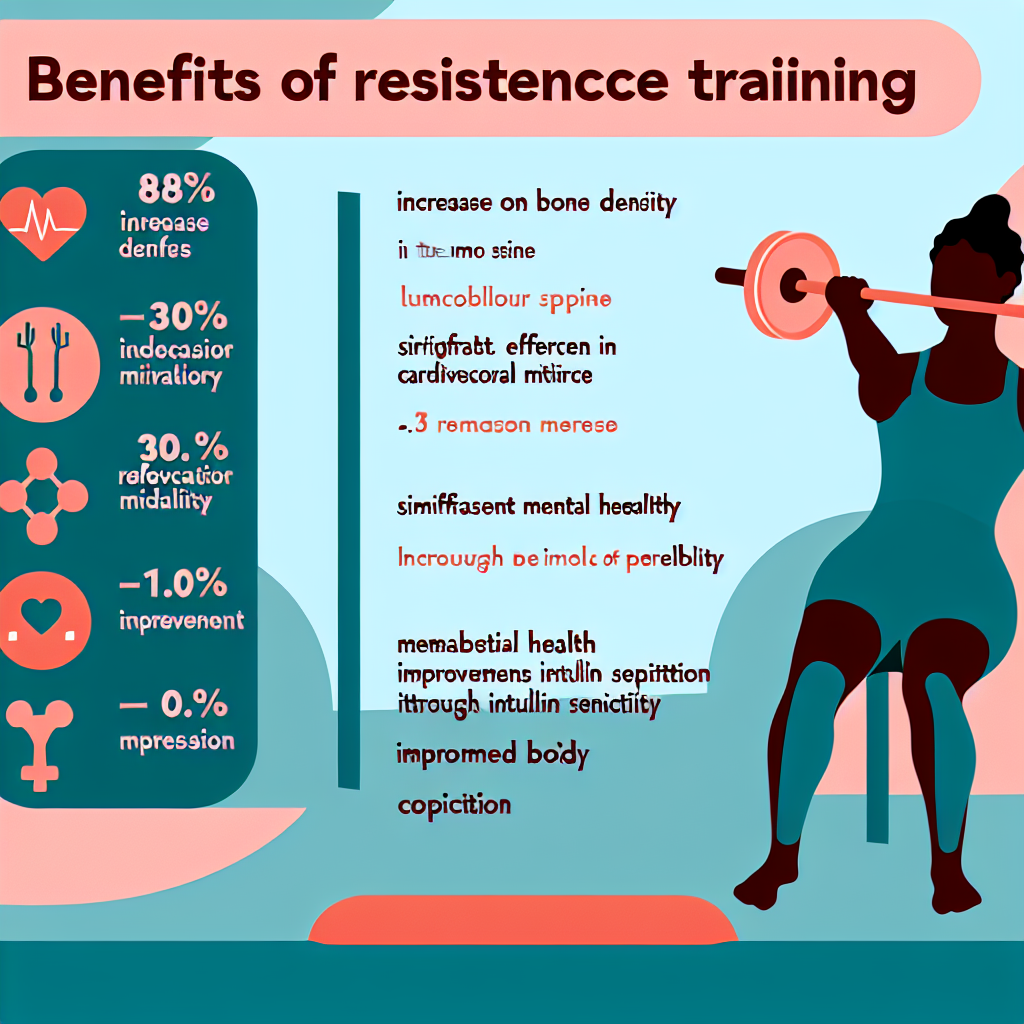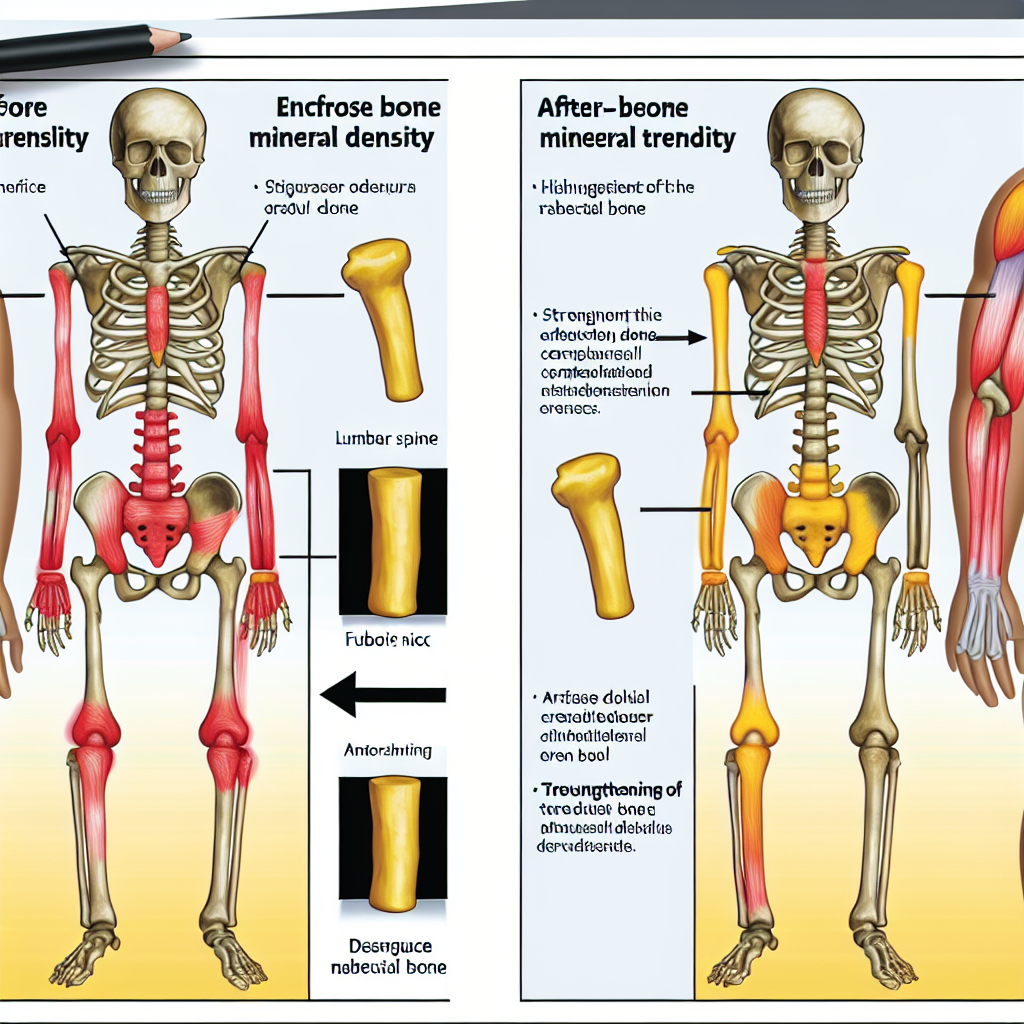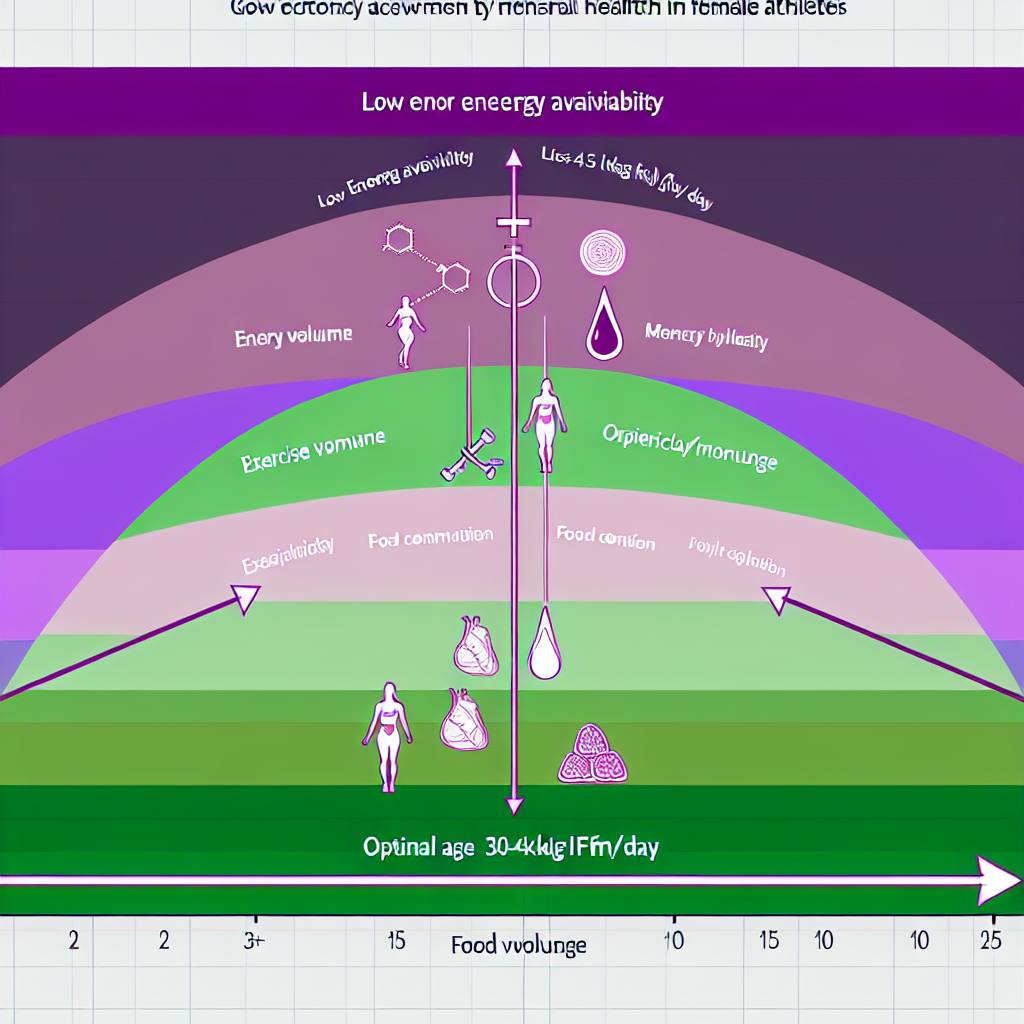Strength Training for Women: Science vs. Myth
The scientific consensus is unequivocal: resistance training is not only safe but essential for women, with evidence dismantling myths while revealing extraordinary health benefits across all physiological systems.
Debunking the "Bulking Up" Myth

The fear of "accidentally" developing excessive muscle mass from lifting weights lacks any biological foundation. Women produce 10-20 times less testosterone than men (15-70 ng/dL versus 300-1000 ng/dL), the primary hormone driving muscle hypertrophy.
What the Research Actually Shows
- Similar relative hypertrophy: Males and females adapt to resistance training with similar relative effect sizes (ES = 0.07, p = 0.31)
- Women show superior upper-body gains: Relative upper-body strength improvements are actually greater in women (ES = -0.60, p = 0.002)
- Percentage changes are equivalent: Women experienced 22.8% increases in muscle cross-sectional area vs 15.9% in men in the landmark Cureton study
Why "Accidental Bulk" Is Impossible
Building bodybuilder-level muscle requires extreme conditions that don't apply to typical fitness routines:
- • Years of specialized training (5-6 days per week)
- • Substantial caloric surplus (500+ calories daily above maintenance)
- • Often pharmaceutical intervention
- • Deliberate progressive overload protocols
Sources:
PubMed - Sex differences in testosterone levels: https://pubmed.ncbi.nlm.nih.gov/36696264/
PubMed - Sex differences in resistance training meta-analysis: https://pubmed.ncbi.nlm.nih.gov/32218059/
ScienceDirect - Muscle hypertrophy comparison: https://www.sciencedirect.com/science/article/abs/pii/S1568163723001824
The concept of "toning" with light weights and high repetitions represents a fundamental misunderstanding of muscle physiology. Type II fast-twitch fibers—responsible for muscle definition—require heavy loads or explosive movements for activation. Light weights (3-5 pounds) only effectively stimulate Type I endurance fibers.
What most women seek when they want to "tone" is actually the combination of reduced body fat with increased muscle definition. This requires proper progressive resistance training and appropriate nutrition—not endless repetitions with pink dumbbells.
Sources:
ACSM Position Stand - Resistance training progression: https://journals.lww.com/acsm-msse/fulltext/2009/03000/progression_models_in_resistance_training_for.26.aspx
ACE Fitness - Myths about strength training: https://www.acefitness.org/resources/pros/expert-articles/5040/4-myths-about-strength-training-for-women/
Superior Safety Profile for Women

0.05 per 1,000 hours
Injury rate for women
vs. 0.31 per 1,000 hours for men
0.6%
Annual injury rate (women)
vs. 4.5% for men in U.S. Army study
Beyond Safety: Active Injury Prevention
- 66% reduction in sports injury risk through strength training (RR 0.338)
- Each 10% increase in training volume reduces injury risk by 4+ percentage points
- Strengthens connective tissues: ligaments, tendons, and bone-to-tendon junctions
- Improves joint stability and increases bone mineral density
Sources:
U.S. Army study - Gender differences in weight training injuries (4,785 men and 542 women)
Meta-analysis - Sports injury prevention: https://bjsm.bmj.com/content/48/11/871
Johns Hopkins Medicine - Weight training safety for women approaching menopause
Comprehensive Health Benefits Across All Systems

Cardiovascular mortality reduction in women
Significantly higher than the 11% reduction seen in men
Overall mortality reduction
vs. 11% for men - women see greater relative benefits
Additional Cardiovascular Benefits:
- • Blood pressure reduction of 4/2 mmHg in healthy people over 40
- • Lipid profile improvements comparable to aerobic exercise
- • Enhanced endothelial function and reduced inflammatory markers
- • Greater adaptive responses due to smaller lung capacity and heart size
Source: Epidemiological studies on strength training and cardiovascular outcomes by sex

Resistance training produces moderate to large effect sizes for bone mineral density improvements across critical skeletal sites:
SMD 0.88
Lumbar Spine
p = 0.01
SMD 0.89
Femoral Neck
p = 0.0004
0.22-0.48
Total Hip
Effect sizes
Optimal Protocol for Bone Density
- • Intensity: Moderate (50-70% 1RM)
- • Duration: Minimum 6 months (12 months for sustained benefits)
- • Frequency: 2-3 sessions weekly
- • Exercise type: Free weights superior to machines for total hip BMD
Critical Age Window
Peak bone mass is achieved by age 30, making ages 21-45 essential for osteoporosis prevention decades later. Starting resistance training during this window provides maximum protective benefits.
Sources:
Meta-analyses of 17 RCTs with 690+ participants; Osteoporosis International journal publications
Resistance training produces robust anxiolytic and antidepressant effects comparable to pharmaceutical interventions:
-0.94
Depression Effect Size
95% CI: -1.45 to -0.43
-1.33
Anxiety Effect Size
95% CI: -2.10 to -0.56
Optimal Parameters for Mental Health
- • Frequency: 3 sessions per week
- • Volume: 3 sets per exercise, 5-6 exercises per session
- • Intensity: Low-to-moderate (<70% 1RM) for anxiety reduction
Additional Psychological Benefits
- Increased self-esteem and confidence
- Improved body image and self-efficacy
- Social affiliation and community building
- Empowerment through breaking stereotypes and accessing historically exclusive spaces
Sources: Meta-analyses on resistance training and mental health outcomes
Insulin Sensitivity & Glucose Control
- HOMA-IR reduction: d = -0.25 (p<0.05)
- HbA1c reduction: d = -0.51 (p<0.05)
- High-intensity (>70% 1RM) most effective; 8-10 weeks minimum
Body Composition Changes
- Lean mass increase: SMD = 0.44 (p<0.0001); 0.8 kg average gain
- Preserves muscle during dieting: Resistance training + caloric restriction maintains lean mass; diet alone causes significant loss
- Metabolic advantage: Muscle burns 6-10 calories per pound at rest vs 2-3 for fat
- Significant reductions in trunk fat mass and visceral adipose tissue
Sources: Systematic reviews on resistance training and metabolic health markers
Fertility & Reproductive Health: Evidence vs. Myth

Contrary to persistent myths, moderate resistance training (2-3 sessions weekly) actively improves fertility through multiple mechanisms. The critical distinction: excessive exercise exceeding 5 hours weekly of vigorous activity may negatively impact fertility in normal-weight women, but this is far from typical training routines.
Nurses' Health Study II Findings
Following 26,955 women for 8 years, researchers found:
- • Each hour weekly of vigorous activity associated with 7% lower risk of ovulatory infertility
- • Benefits persisted after BMI adjustment
- • Effects work through mechanisms beyond weight loss
The Dose-Response Relationship (Danish Cohort, 3,628 Women)
- • 2 hours weekly moderate exercise: 15% increase in pregnancy odds
- • 5+ hours weekly vigorous exercise: 32% reduction in conception chances (normal-weight women only)
- • For overweight/obese women: all physical activity appears beneficial regardless of intensity
Sources:
Nurses' Health Study II - 26,955 women, 8-year follow-up on exercise and ovulatory infertility
Wise et al., Danish cohort study - 3,628 women attempting pregnancy, dose-response analysis
For women with polycystic ovary syndrome (PCOS), resistance training proves particularly beneficial:
- 17% improvement in HOMA-IR after 10 weeks of vigorous intensity combined with resistance training
- Reduced free androgen index and increased SHBG with 50+ total hours of strength training
- AMH decreased by 14.8 pmol/L (p=0.04) while increasing fat-free mass by 1.2 kg (Almenning RCT)
- As little as 30 minutes vigorous exercise three times weekly significantly increases conception chances
Exercise and Sports Science Australia (2024)
Official position statement recommends muscle-strengthening activities 2 non-consecutive days weekly specifically for PCOS management.
Sources:
Almenning et al., RCT - Strength training effects on AMH and insulin resistance in PCOS
Exercise and Sports Science Australia 2024 position statement on PCOS management
The relationship between exercise and menstrual function centers entirely on energy availability rather than training volume per se. Low energy availability (LEA) below 30 kcal/kg fat-free mass daily represents the primary mechanism causing menstrual disturbances.
Williams' BioEnergetics Study Key Findings
- • No clear threshold - menstrual disturbances occurred above and below 30 kcal/kg FFM/day
- • Linear relationship: 9% decreased likelihood of disturbance per 1 kcal/kg FFM/day increase
- • At EA <30: approximately 50% probability of menstrual disturbance
- • Substantial individual variation exists
Prevention & Treatment (Non-Pharmacological)
- • Increase energy intake by 300-600 kcal/day
- • Reduce exercise volume by 10-12% if needed
- • Achieve target energy availability of 30-45+ kcal/kg FFM/day
- • Note: Hormonal contraceptives don't address root cause and may mask ongoing metabolic dysfunction
Sources:
Williams' BioEnergetics Study - Energy availability and menstrual function
IOC RED-S Consensus Statement 2023 - Relative Energy Deficiency in Sport framework
Evidence-Based Training Protocols

Every major medical and sports medicine organization (ACOG, ACSM, NSCA, IOC) provides consistent recommendations with no sex-specific modifications for healthy women. The NSCA explicitly states: "Males and females should train for strength in the same basic way, employing similar methodologies, programs, and types of exercises."
ACOG Recommendations
- • 150 minutes moderate-intensity aerobic activity weekly
- • PLUS muscle-strengthening activities on 2+ days targeting all major muscle groups
- • Applicable before, during (with modifications), and after pregnancy
ACSM Position Stand Parameters
- • 8-10 exercises targeting major muscle groups
- • 2-4 sets of 8-12 repetitions
- • Progressive overload essential for continued adaptation
- • Individualization based on goals and training status, not sex
Program Structure
- • Frequency: 2-3 days per week
- • Split: Full body training
- • Exercises: 6-8 compound movements
- • Sets x Reps: 2-3 sets of 10-12 reps
Intensity & Rest
- • Load: 60-70% 1RM
- • RPE: 6-7/10 (moderate effort)
- • Rest: 60-90 seconds between sets
Essential Movement Patterns
- • Squat variations (goblet, back squat)
- • Hip hinges (deadlifts, RDLs)
- • Horizontal pressing (bench press, push-ups)
- • Vertical pressing (overhead press)
- • Horizontal pulling (rows)
- • Vertical pulling (pull-ups, lat pulldowns)
- • Core stabilization (planks, anti-rotation)
Program Structure
- • Frequency: 3-4 days per week
- • Split: Upper/lower or push/pull/legs
- • Exercises: 8-10 movements
- • Sets x Reps: 3-4 sets of 6-12 reps
Intensity & Periodization
- • Load: 70-80% 1RM
- • RPE: 7-8/10
- • Rest: 90-120 seconds
- • Periodization: 4-week blocks
Volume Guidelines
Minimum effective dose: 10 sets per muscle group weekly
Optimal range: 10-20 sets weekly for most individuals
Program Structure
- • Frequency: 4-6 days per week
- • Split: Higher frequency splits
- • Exercises: 10-12 movements
- • Sets x Reps: 4-6 sets, varying by phase (3-15 reps)
Advanced Parameters
- • Load: 70-90% 1RM
- • Rest: Variable by goal (2-5 min strength, 60-90s hypertrophy)
- • Volume: 15-25 sets per muscle weekly
Periodization Approaches
- • Block periodization (strength → hypertrophy → power phases)
- • Daily undulating periodization (varying intensity/volume daily)
- • Autoregulation based on readiness and performance
Menstrual Cycle-Based Training: What the Evidence Actually Says
Despite growing popular interest in menstrual cycle-based training modifications, the scientific evidence remains insufficient to support rigid phase-based programming.
McNulty Meta-Analysis (73 Studies)
- • Performance trivially reduced in early follicular phase (ES = -0.14)
- • Quality of evidence: only 42%
- • Effect size is small and of questionable practical significance
Colenso-Semple Umbrella Review
"Current evidence shows no influence of women's menstrual cycle phase on acute strength performance or adaptations to resistance exercise training"
- • 68.2% of studies showed low or very low quality
- • Only 4.5% demonstrated high quality evidence
Critical Methodological Problems
- • Poor menstrual phase verification (calendar counting rather than serum hormone verification)
- • Inconsistent phase definitions (follicular: 10-22 days, luteal: 7-17 days)
- • Small sample sizes and underpowered studies
- • Combining oral contraceptive users with naturally menstruating women
- • Failure to exclude anovulatory cycles (10-15% of apparently regular cycles)
Sources:
McNulty et al., meta-analysis - 73 studies on menstrual cycle and performance
Colenso-Semple et al., umbrella review - Menstrual cycle effects on resistance training
Rather than rigid general guidelines, the evidence supports an individualized approach:
Track Personal Patterns
Monitor your own menstrual cycles and symptoms across multiple cycles to identify personal patterns
Monitor Training Responses
Track performance, recovery, and subjective feel across different cycle phases
Adjust Based on Individual Experience
Not all women experience significant performance variation. If you do observe consistent patterns, make practical adjustments
Prioritize Consistency
Maintaining training consistency throughout the cycle generally proves more important than attempting to precisely time training phases
Optional Practical Adjustments (If You Observe Patterns)
- • Schedule high-priority sessions during late follicular/ovulatory phases when some women report feeling stronger
- • Consider volume/intensity reductions during luteal phases if consistently experiencing difficulties
- • Use autoregulation (RPE-based training) to adjust based on daily readiness rather than rigid phase rules
Safety Guidelines & Medical Considerations
- • Unstable angina
- • Uncontrolled cardiac arrhythmias
- • Symptomatic severe aortic stenosis
- • Symptomatic heart failure
- • Acute MI within 2 days
- • Dissecting aneurysm
- • Uncontrolled hypertension (≥180/110)
- • Acute infections
- • Severe retinopathy
- • Uncontrolled diabetes mellitus
- • Recent musculoskeletal surgery
- • Moderate stenotic valvular heart disease
- • Severe hypertension (>200/110)
- • Advanced arthritis
- • Severe osteoporosis
- • Recent musculoskeletal injury
- • Certain pregnancy complications
ACOG guidelines support continuing or initiating resistance training during pregnancy with appropriate modifications. Recent research on 679 women who lifted ≥80% 1RM during pregnancy found 66% reported no complications, with women maintaining pre-pregnancy training levels experiencing fewer reproductive complications than those who ceased training (p=0.006).
Pregnancy Modifications
- • Avoid supine positions after 20 weeks gestation
- • Maintain proper hydration
- • Avoid hyperthermia
- • Modify exercises as pregnancy progresses
- • Avoid Valsalva maneuver
- • Listen to your body and adjust accordingly
Benefits During Pregnancy
Combined aerobic and resistance exercise during pregnancy significantly reduces gestational diabetes and hypertensive disorder prevalence.
Sources:
ACOG Committee Opinion - Physical Activity and Exercise During Pregnancy and the Postpartum Period
Study of 679 women lifting ≥80% 1RM during pregnancy - reproductive outcomes analysis
The comprehensive evidence reveals a stark disconnect between common objections to women's resistance training and scientific reality. Far from causing unwanted muscle bulk, masculinization, or fertility impairment, resistance training provides essential health benefits across virtually every physiological system while proving safer than most physical activities.
The "bulking" fear is biologically impossible: Women's hormonal profiles (10-20x less testosterone) make bodybuilder musculature require extreme conditions—years of specialized training, substantial caloric surplus, and often pharmaceutical intervention
Fertility concerns reverse causality: Moderate resistance training (2-3 sessions weekly) improves rather than harms reproductive function. Only excessive exercise exceeding 5 hours weekly of vigorous activity potentially problematic for normal-weight women
Superior safety profile: Women experience 7.4 times fewer injuries than men, with strength training reducing overall sports injury risk by 66%
Exceptional health benefits: Bone density (SMD 0.54-0.89), cardiovascular protection (30% mortality reduction), mental health (depression effect -0.94, anxiety -1.33), and metabolic improvements (HOMA-IR reduction d = -0.25)
Training principles are identical to men: Women aged 21-45 should engage in resistance training 2-4 days weekly, targeting all major muscle groups with 2-4 sets of 6-12 repetitions at 60-85% 1RM
The Bottom Line
The persistent myths preventing women's participation in strength training represent cultural artifacts contradicted by every line of scientific evidence, position statement from medical authorities, and physiological principle governing human adaptation to mechanical loading. The opportunity cost of women's exclusion from resistance training—measured in preventable osteoporosis, cardiovascular disease, metabolic dysfunction, and diminished quality of life—represents a substantial and unnecessary public health burden.
Medical Disclaimer
This information is for educational purposes only and does not constitute medical advice. Always consult with qualified healthcare providers before starting any exercise program, especially if you have existing health conditions, are pregnant, or have been sedentary. Individual responses to exercise vary, and what works for one person may not be appropriate for another.
